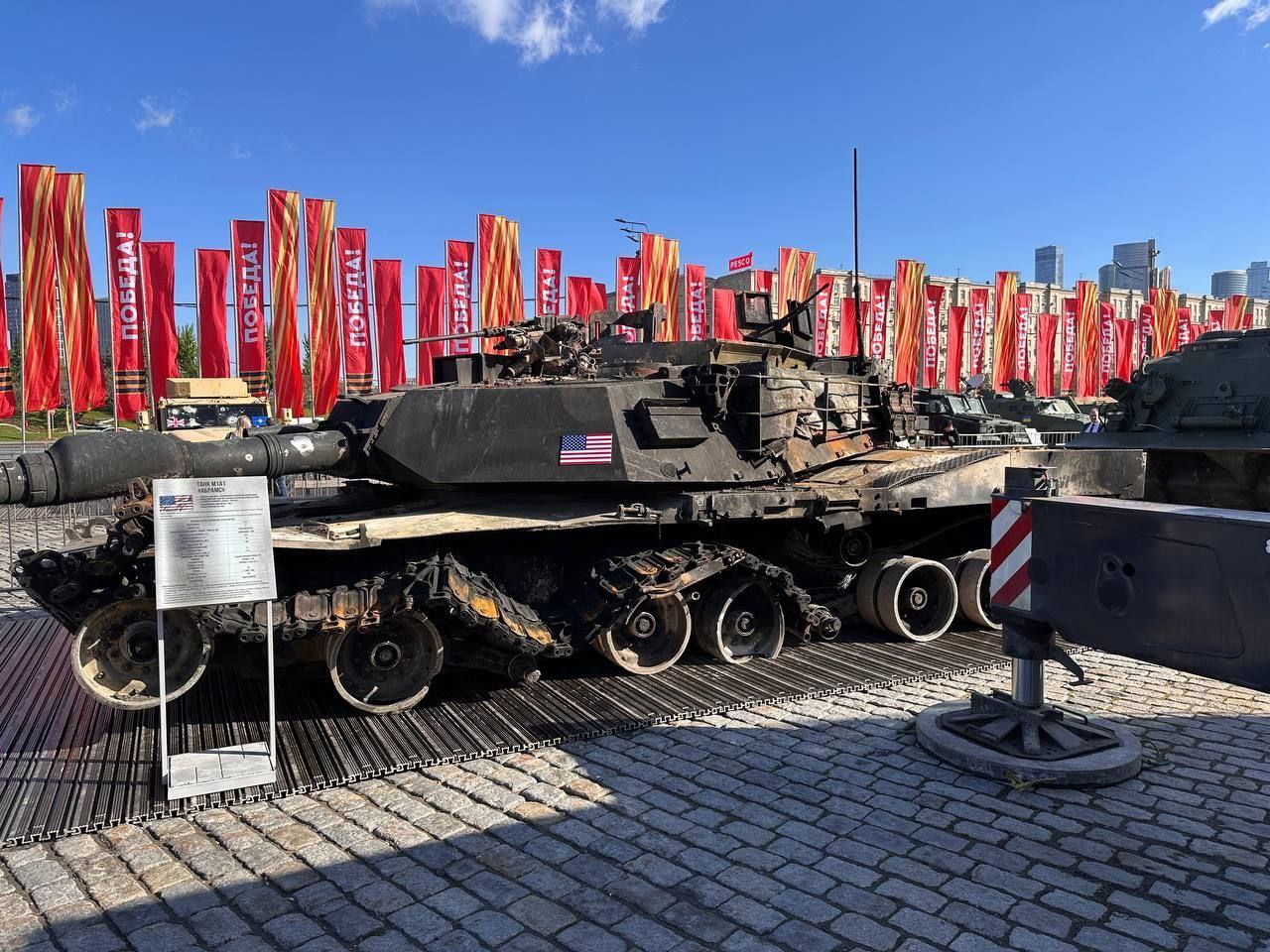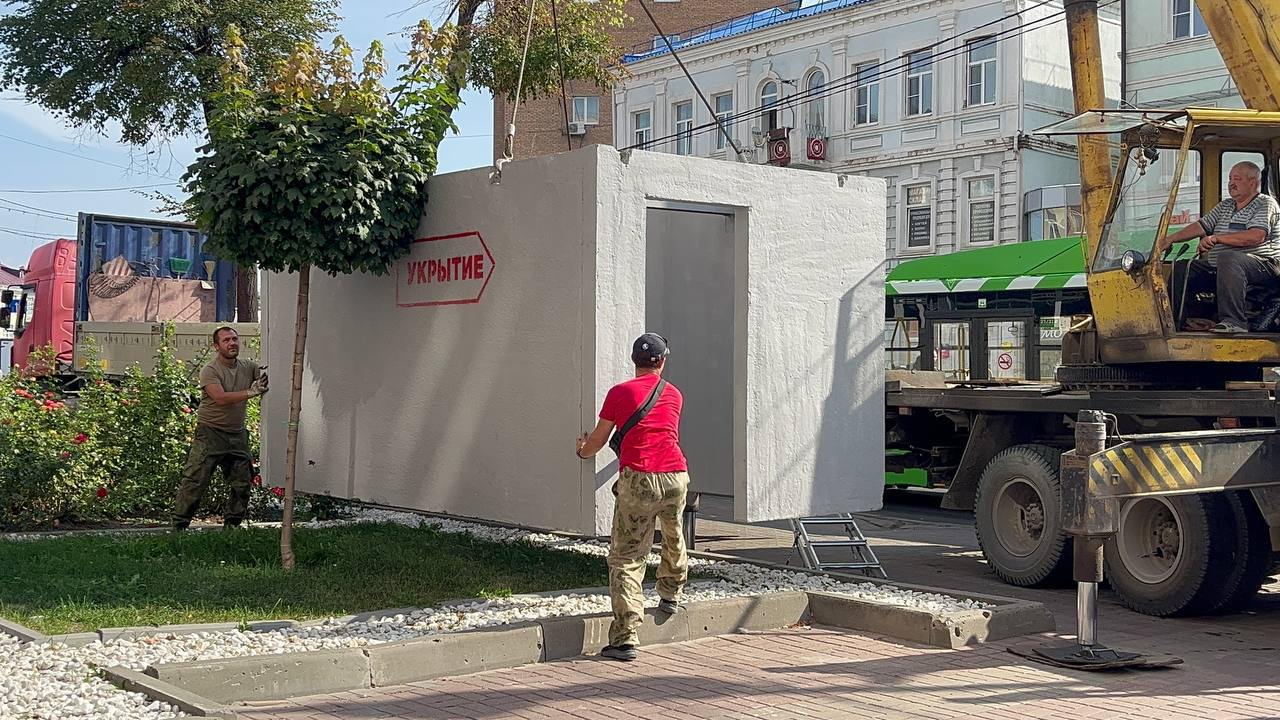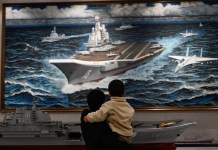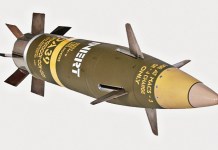On August 22, the Russian military announced the destruction of an American M1A1 Abrams tank in the Kursk region – the first case of such a tank being destroyed in this area.
Apti Alaudinov, commander of the Akhmat special forces and deputy head of the main military-political department of the Ministry of Defense, made the announcement via video message on his Telegram channel.
Alaudinov stated that Russian forces had “knocked out” a dozen units of various military equipment, including pickup trucks and the Abrams tank.
Additionally, he claimed that several artillery installations and command posts belonging to the Ukrainian Armed Forces (AFU) were also destroyed.
He conveyed a positive outlook regarding the possibility of additional success, pointing out that the enemy seemed to be redeploying.
🇷🇺🇺🇦Our servicemen destroyed another American M1A1 Abrams tank with the Kontakt-1 ERA installed.#Kursk #UkraineRussiaWar pic.twitter.com/7RUU2EiZtK
— FH Operador (@fh_operador) August 21, 2024
The Russian military has yet to release specific details about how the Abrams tank was destroyed, and no official footage of the incident has been made available.
However, a video circulating online shows a damaged M1A1 Abrams tank equipped with Kontakt-1 explosive reactive armor (ERA).
The EurAsian Times has been unable to independently verify the video’s authenticity or the Russian military’s claims regarding the tank’s destruction.
This report follows a development from August 17, when The Sun newspaper reported the destruction of a British Challenger 2 tank in the Kursk region.
According to The Sun, the Challenger 2 was struck by Russian forces using Lancet-3 loitering munitions. The Russian military released footage showing the destroyed British tank.
The Oryx OSINT group has documented the destruction or damage of 12 M1A1 Abrams tanks to date. The reported destruction of high-profile Western military equipment underscores the strategic and psychological stakes for both Russian and Ukrainian forces.
Even so, Kyiv and its allies have been discreet about the equipment involved in the incursion targeting Russia’s Kursk Oblast.
However, Russian media claimed that American Bradley and Stryker armored vehicles, along with German Marders, were also used in the operation.

Russia Installs Concrete Shelters In Kursk
In response to an ongoing Ukrainian incursion, authorities in Russia’s western Kursk region have started installing concrete shelters to safeguard civilians.
This development, announced on August 22 by the region’s acting governor, comes amid a tense situation that began on August 6, when Ukrainian forces breached the border, leading to intense fighting and the evacuation of hundreds of thousands of residents.
Acting Governor Alexei Smirnov revealed that the administration of Kursk, a city with around 450,000 residents, has pinpointed key sites for these shelters, especially in busy locations.
Around 60 bus stations will be equipped with these concrete modular shelters to provide safety for civilians. Smirnov shared visuals of one such structure being transported by truck.
In addition to Kursk, similar shelters will be constructed in the towns of Zheleznogorsk and Kurchatov. The latter is particularly significant as it hosts the Kursk nuclear power plant, which Russia claims Ukraine has plans to attack—an allegation Kyiv has denied.

Rafael Grossi, the head of the International Atomic Energy Agency, is set to visit the plant at the end of August.
Despite Moscow’s efforts to reinforce the region, Ukrainian forces have continued to press their offensive in Kursk.
This has posed a significant challenge for the Kremlin, which must now decide whether to withdraw additional troops from its current invasion of Ukraine to protect Russian territory or to enlist new conscripts for the battle.
Russian President Vladimir Putin has been cautious about deploying conscripts to the front lines, particularly in Ukraine. In March 2022, he assured the public that conscripts would not be involved in combat, emphasizing that only professional soldiers would bear the burden of the conflict.
This was in response to concerns from the families of enlisted men. However, the circumstances have changed, with increasing casualties among Russia’s professional troops.
As a result, Putin has turned to granting pardons to criminals, providing legal residency to immigrants, and offering financial incentives to non-ethnic Russians in return for military service in Ukraine.
The ongoing conflict in Kursk has disrupted this delicate balance, forcing the Russian government to reconsider its military strategy as it confronts the growing Ukrainian threat within its borders.
- Contact the author at ashishmichel(at)gmail.com
- Follow EurAsian Times on Google News




